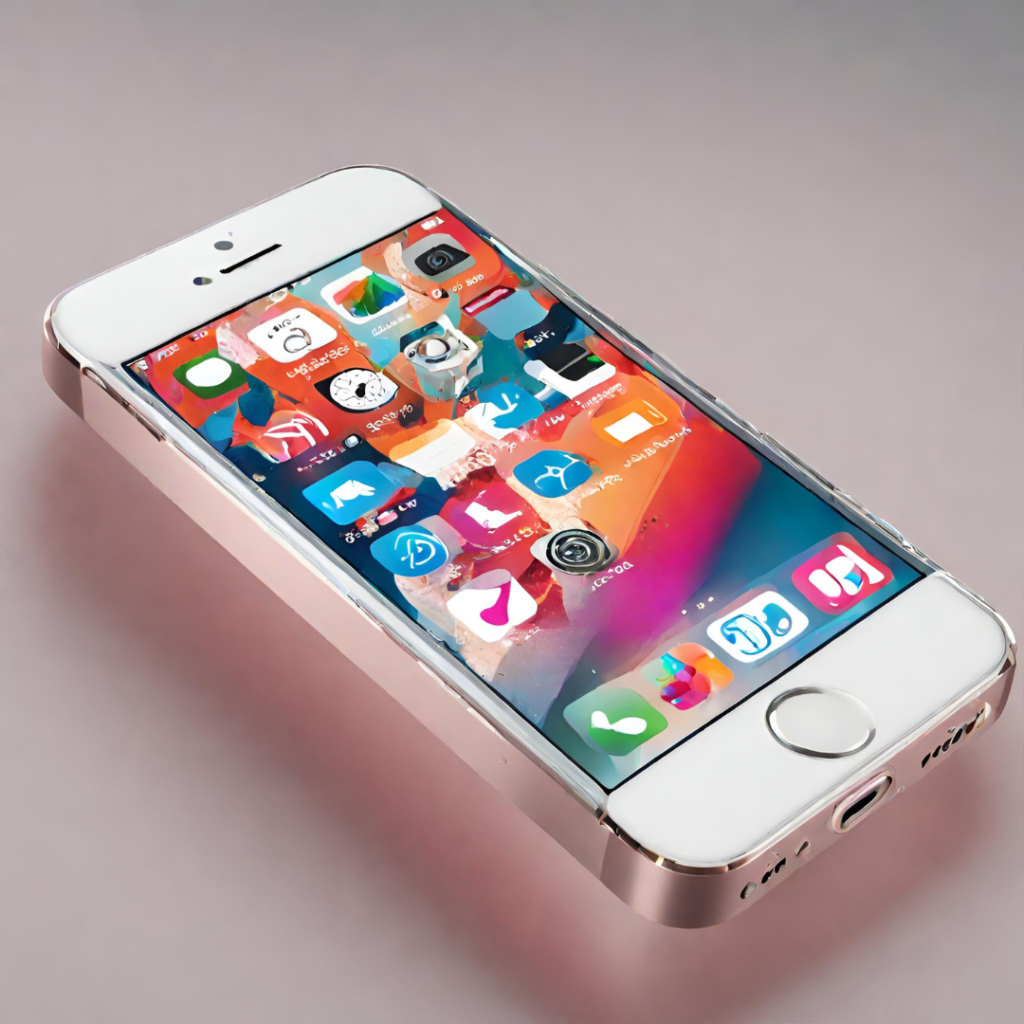Overview of iPhone’s History
Since its inception in 2007, the iPhone has been at the forefront of innovation in the smartphone industry. With each new release, Apple introduces groundbreaking features and designs that captivate consumers worldwide.
Impact on the Smartphone Industry
The iPhone’s impact on the smartphone industry cannot be overstated. It revolutionized the way we communicate, work, and entertain ourselves, setting new standards for design, functionality, and user experience.
Importance of Understanding Best-Selling iPhones
Exploring the best-selling iPhones provides valuable insights into consumer preferences, market trends, and Apple’s product strategy. By understanding which models have resonated most with consumers, we can gain a deeper understanding of the evolution of the smartphone market.
Criteria for Evaluation
Units Sold
Total units sold worldwide is a key metric for determining the popularity and market reach of each iPhone model.
Revenue Generated
Revenue generated by each iPhone model reflects not only sales volume but also factors such as pricing, product mix, and accessories sales.
Top-Selling iPhones
5. iPhone SE (2020)
The second-generation iPhone SE, launched in 2020, combined the beloved design of the iPhone 8 with modern internals, making it an appealing option for budget-conscious consumers and those who prefer smaller form factors. Total units sold: Over 30 million units.

4. iPhone 11
The iPhone 11, released in 2019, built upon the success of its predecessor, the iPhone XR. With upgraded camera systems, improved battery life, and competitive pricing, it quickly became one of the best-selling iPhones of all time. Total units sold: Over 90 million units.

3. iPhone XR
Debuted in 2018, the iPhone XR offered a more affordable option compared to the flagship models while retaining many features and performance capabilities. Its vibrant colors and attractive price point contributed to its popularity. Total units sold: Over 150 million units.

2. iPhone 7 and iPhone 7 Plus
The iPhone 7 and 7 Plus, launched in 2016, introduced improvements in performance, camera capabilities, and water resistance. Despite controversy over the removal of the headphone jack, they achieved strong sales globally. Total units sold: Over 215 million units.

1. iPhone 6 and iPhone 6 Plus
Released in 2014, the iPhone 6 and 6 Plus marked a significant departure in design with larger screens and a thinner profile. They were well-received by consumers, resulting in record-breaking sales figures. Total units sold: Over 220 million units.

Future of iPhones: iPhone SE 4
Rumored Features:
- Face ID: The iPhone SE 4 is rumored to incorporate Face ID, Apple’s facial recognition technology, offering enhanced security and convenience for users.
- 6.1-inch OLED Display: A significant upgrade from its predecessor, the iPhone SE 4 is speculated to feature a larger and more vibrant OLED display, providing an immersive viewing experience.
- A16 Bionic Chipset: With the latest A16 Bionic chipset, the iPhone SE 4 is expected to deliver improved performance, efficiency, and support for advanced features and functionalities.
- MagSafe Support: The inclusion of MagSafe support allows users to easily attach MagSafe accessories, such as chargers and wallets, enhancing the overall user experience.
- 48MP Camera: The iPhone SE 4 is rumored to feature a 48-megapixel camera, enabling users to capture high-resolution photos with greater detail and clarity.
- 1080p Cinematic Mode: Offering a cinematic mode with 1080p resolution, the iPhone SE 4 allows users to capture professional-quality videos with depth-of-field effects and cinematic stabilization.
Significance:
The iPhone SE 4 represents Apple’s commitment to offering a diverse lineup of iPhones catering to different consumer preferences and budget considerations. With its array of advanced features and enhancements, it is poised to attract both new and existing iPhone users looking for a compelling and affordable option.
Conclusion
Understanding the best-selling iPhones provides valuable insights into consumer behavior, market dynamics, and Apple’s product strategy. As technology continues to evolve, analyzing past trends can inform future decisions and innovations in the smartphone industry. By staying attuned to consumer preferences and market trends, both consumers and businesses can navigate the ever-changing landscape of mobile technology effectively.